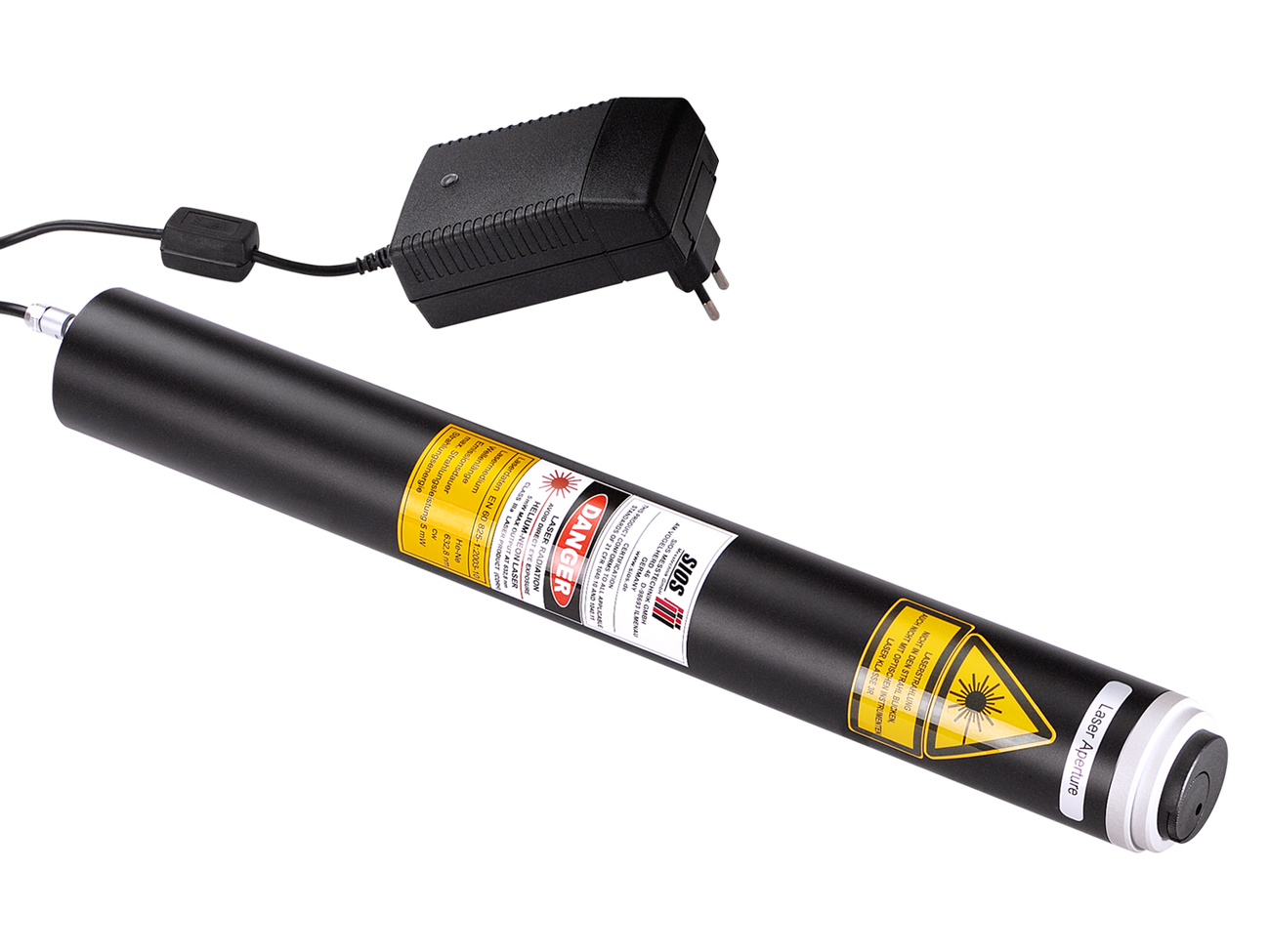Contents

Source: Ferdinand-Braun-Institut
<>
Laser Frequency Stabilization Techniques
Frequency-Stabilized Lasers
Frequency-stabilized lasers are essential for applications requiring stable optical frequencies and narrow linewidths. These lasers have a particularly stable emission frequency achieved through specialized stabilization techniques.
Frequency Stability of Unstabilized Lasers
Unstabilized lasers can experience frequency drifts larger than their emission linewidth due to factors like thermal effects. Stabilization techniques are necessary to improve frequency stability.
Frequency Stabilization by Optical Feedback
Optical feedback from devices like volume Bragg gratings can enhance frequency stability by providing higher selectivity than the laser itself. Passive stabilization methods involve stable resonators and environmental controls.
Active Frequency Stabilization
Active stabilization techniques use feedback systems to suppress frequency drifts automatically. This involves detecting deviations, tuning the laser frequency, and applying correction signals for stability.
Typical Methods of Laser Frequency Stabilization
Popular methods include iodine-stabilized lasers, transmission fringe locking, Hänsch–Couillaud stabilization, Pound–Drever–Hall stabilization, and spatial mode interference (tilt) locking. These methods offer varying levels of frequency stability based on different principles.
Iodine-stabilized Lasers
Molecular iodine is commonly used for laser stabilization in visible and infrared spectral regions. Doppler-free saturation spectroscopy helps achieve stable laser frequencies with high precision.
Transmission Fringe Locking on a Resonator
This method involves keeping the laser frequency on one side of a resonator resonance using feedback systems. It provides an error signal based on transmitted intensity to maintain frequency stability.
Hänsch–Couillaud Stabilization
Utilizing polarization spectroscopy on an optical resonator, this method offers high frequency stability by analyzing frequency-dependent polarization states. It is relatively simple and effective for stabilization.
Pound–Drever–Hall Stabilization
Based on optical heterodyne detection with RF phase modulation, this technique achieves precise frequency stabilization by generating sidebands for intensity modulation. It offers a large locking range and high stability.
Spatial Mode Interference (Tilt) Locking
By exploiting interference effects in optical resonators, tilt locking provides frequency stability by analyzing spatial intensity profiles. It is a simple yet effective method for maintaining laser frequency stability.

Source: SIOS Meßtechnik GmbH
Feel free to comment your thoughts.



